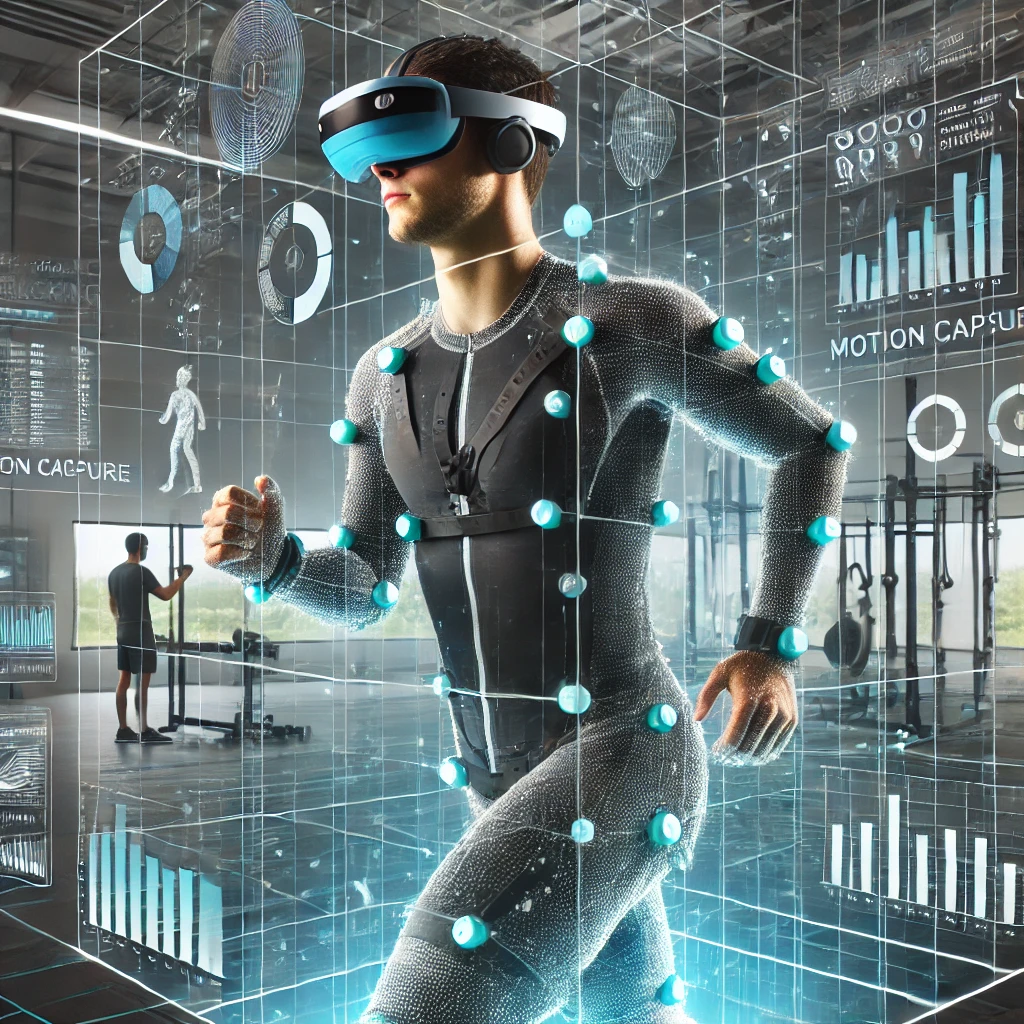Advanced Sports Simulations: Transforming Athlete Training and Performance
In recent years, simulation technology has made significant strides, impacting various industries—from aviation to medicine. Sports, too, have embraced this technological wave, utilizing simulations to enhance training, performance, and strategy. As sports continue to evolve, the need for precision, safety, and adaptability grows. Advanced simulations offer athletes, coaches, and trainers the tools to replicate real-game conditions, analyze performance metrics in real-time, and make data-driven decisions. This article explores how simulation technology is used in sports, its benefits, challenges, and its future potential.
Understanding Simulation Technology in Sports
Simulation technology in sports involves using advanced software and hardware to create realistic, interactive environments where athletes can train, strategize, and refine their skills. This technology often includes:
- Virtual Reality (VR): Headsets that place athletes in immersive environments to practice specific skills or visualize game scenarios.
- Augmented Reality (AR): Integrates digital elements into the real world, enhancing the training environment without complete immersion.
- Motion Capture Systems: Track and analyze athletes’ movements in detail, providing feedback for improving techniques.
- Biomechanical Simulations: Recreate physical movements, allowing athletes to study the impact of changes in technique or form.
Each of these systems offers unique benefits for skill development, injury prevention, and competitive preparedness.
Applications of Simulation Technology in Sports
Simulation technology serves multiple purposes across sports, from training and practice to injury prevention and rehabilitation. Here are some notable applications:
1. Skill Development and Technique Enhancement
Athletes can improve their skills by practicing in virtual environments that mirror real-game scenarios. For example:
- Football (Soccer): Players can use VR to experience in-game situations, honing decision-making skills, such as passing and shooting, in a virtual match.
- Golf: Golfers use simulators to practice their swing, analyze ball trajectory, and refine techniques in a controlled environment.
- Basketball: Players practice free throws and game scenarios in simulations that adjust variables like crowd noise, lighting, and even player fatigue.
Simulations provide athletes with an endless opportunity to repeat specific moves, allowing them to improve through repetition without physical strain.
2. Injury Prevention and Recovery
Simulation technology helps monitor physical stress on athletes’ bodies and identify areas of vulnerability. Motion capture and biomechanical simulations, for instance, allow trainers to analyze movement patterns and suggest adjustments to avoid potential injuries. Moreover, simulations are effective in recovery and rehabilitation:
- Rehabilitation Programs: Virtual reality rehabilitation can help athletes recover by gradually reintroducing them to physical activity in a controlled manner.
- Kinematic Analysis: Motion capture technology can pinpoint specific areas of weakness or abnormality in an athlete’s movement, leading to more tailored and effective training programs.
3. Strategic Planning and Performance Analysis
Simulations enable coaches and athletes to replicate entire games, study opponents, and analyze gameplay. By simulating different game scenarios, athletes can prepare for a wide range of tactical possibilities. For example:
- Team Sports: Football, basketball, and rugby teams use simulations to model different formations, offensive, and defensive tactics.
- Individual Sports: Tennis and boxing simulations allow athletes to practice against virtual opponents with specific playing styles.
This strategic use of simulations gives athletes a psychological edge, helping them remain calm and prepared for unpredictable situations in real games.
Benefits of Using Simulation Technology in Sports
Simulation technology brings numerous advantages to sports training and development:
- Increased Safety: By practicing in virtual settings, athletes can avoid the physical risks associated with certain drills or maneuvers.
- Cost Efficiency: Virtual training reduces the need for physical equipment and facilities, lowering costs in the long run.
- Enhanced Precision: Simulations provide detailed feedback on various metrics, from speed and reaction time to muscle engagement, which coaches can use to refine training.
- Improved Accessibility: Simulations offer training options that are less dependent on weather, time, or location, making it easier for athletes to practice consistently.
These benefits make simulation technology an attractive choice for athletes, coaches, and teams looking to optimize their training methods.
Challenges and Limitations
Despite its many advantages, simulation technology also faces some challenges in the sports domain:
- High Initial Costs: Advanced simulation setups, like VR headsets, motion capture systems, and biomechanical simulators, are costly. Smaller teams or individual athletes may find these costs prohibitive.
- Technological Complexity: Operating and maintaining simulation equipment requires technical expertise, which not all sports teams have in-house.
- Realism Limitations: Although simulations can mirror real-life scenarios closely, they may lack some unpredictable elements of real games, such as crowd interactions or unexpected opponent behaviors.
- Risk of Overreliance: Athletes who rely too heavily on simulations may struggle to adapt when faced with the spontaneous nature of live competition.
Addressing these challenges involves improving simulation accessibility and striking a balance between simulated and real-world practice.
The Future of Simulation Technology in Sports
As technology continues to advance, the future of simulations in sports looks promising. Potential developments include:
- Increased Use of Artificial Intelligence (AI): AI can make simulations even more realistic by dynamically adjusting gameplay scenarios based on individual athletes’ strengths and weaknesses.
- Wearable Simulations: Combining wearables with simulation technology could allow athletes to experience real-time feedback and adjustments during live practice or games.
- Enhanced Immersive Experiences: Future VR and AR systems may be able to replicate sensations like pressure and impact, offering an even more immersive training experience.
By expanding these capabilities, simulations could redefine sports training, making it more data-driven, personalized, and safe.
Conclusion
Simulation technology is revolutionizing sports training by offering immersive, flexible, and data-rich environments for skill enhancement, injury prevention, and tactical preparation. While challenges like high costs and technological barriers exist, the benefits for athletic performance are undeniable. As the technology evolves, it promises to bring new dimensions to sports, allowing athletes to push their limits safely and strategically.
Advanced Sports Simulations: Transforming Athlete Training and Performance
Recommended Post
Top Personalized Fitness and Nutrition Apps for Athletes: Tailored Training and Diet Plans
